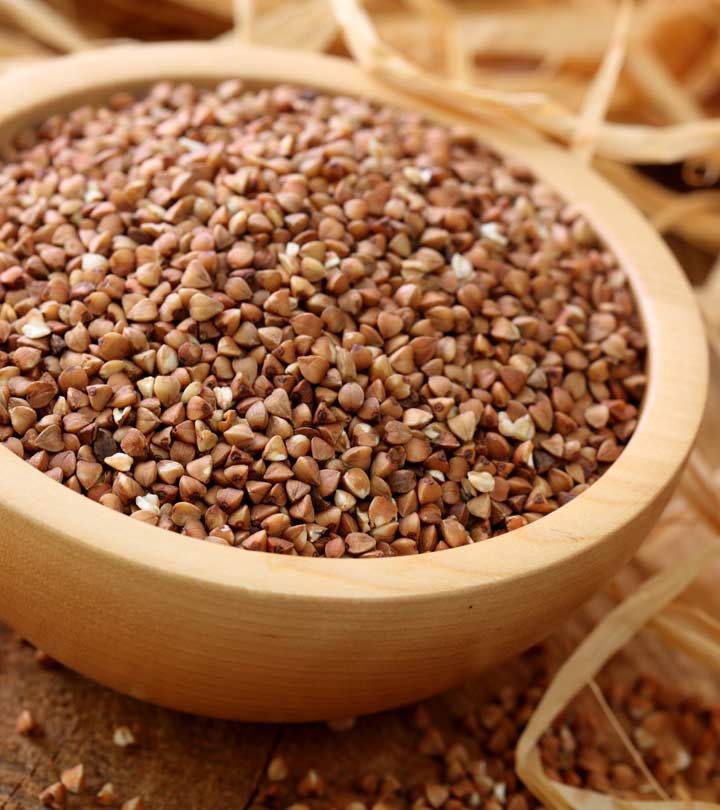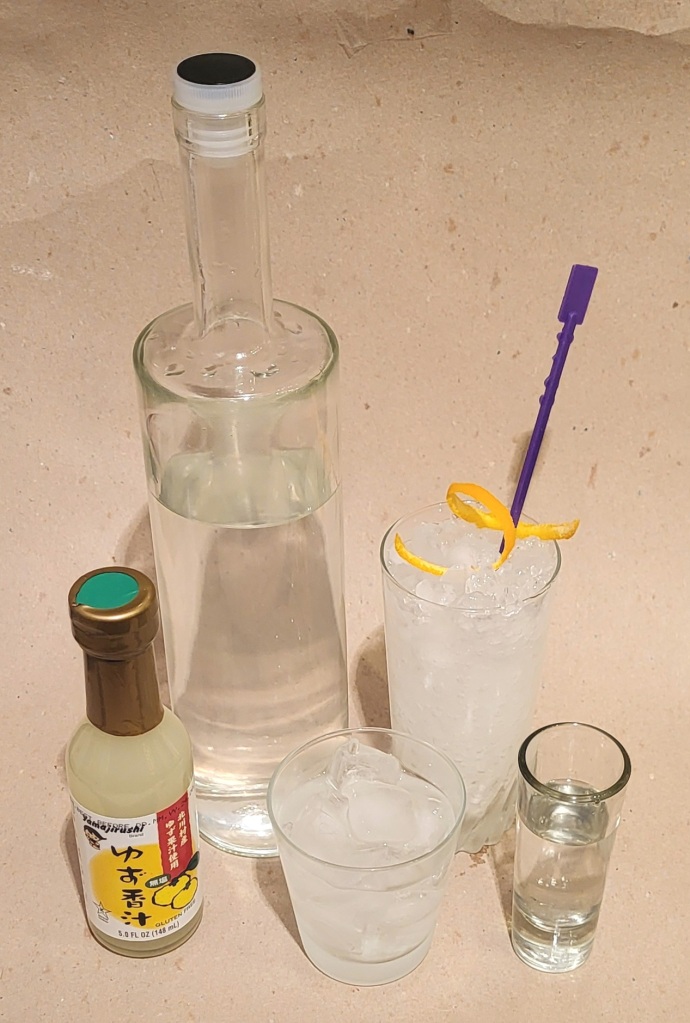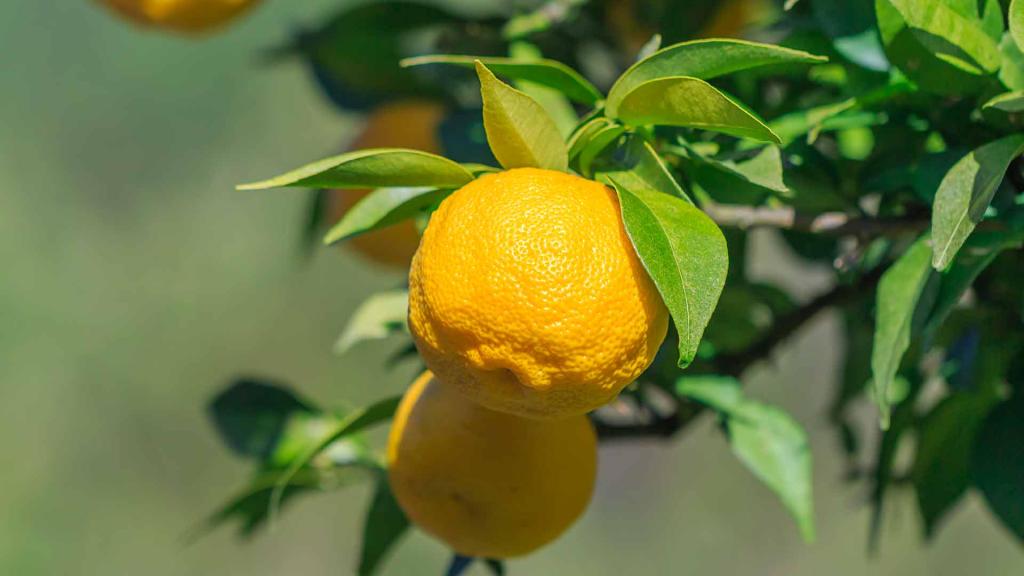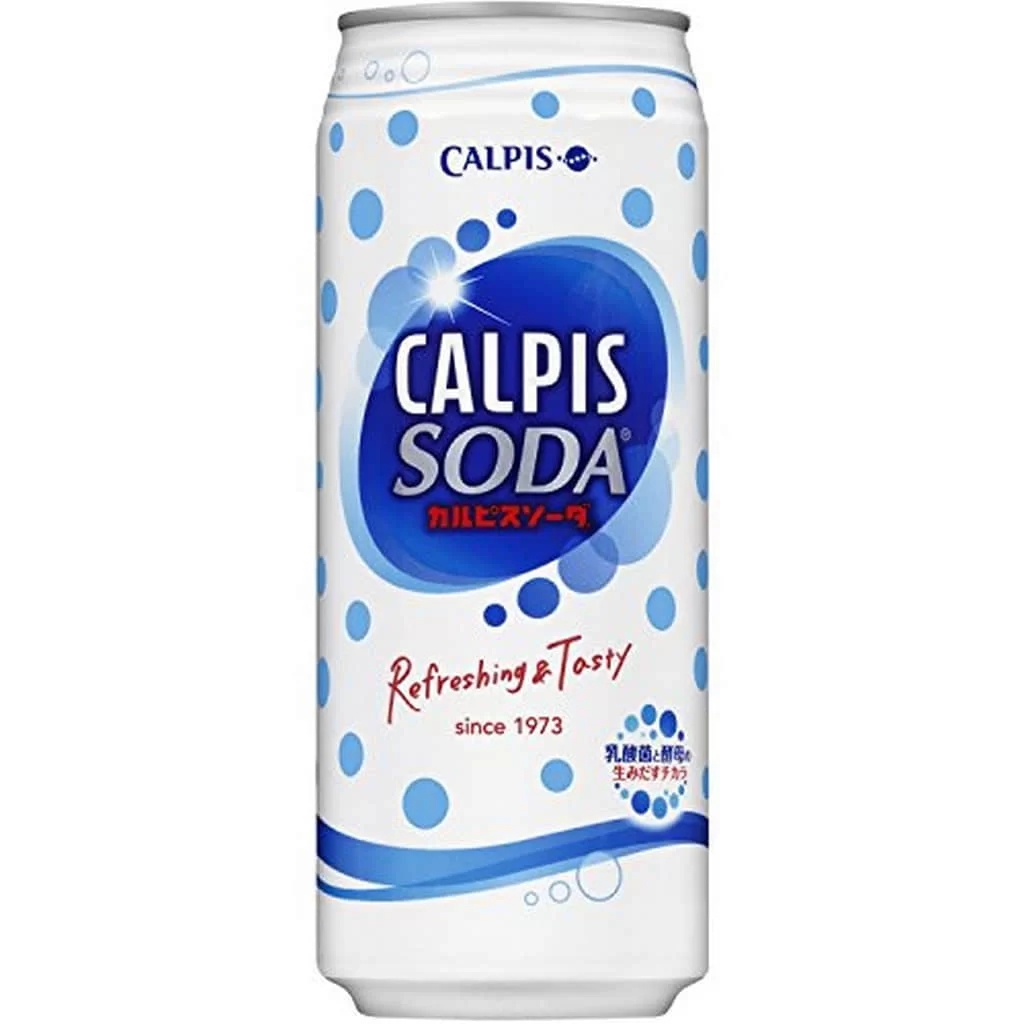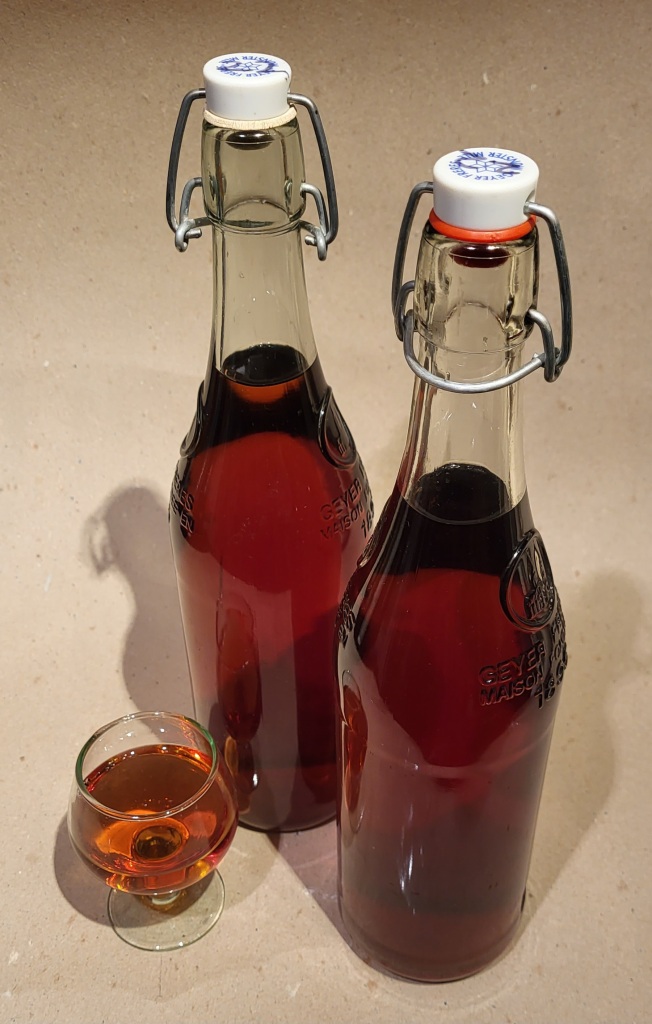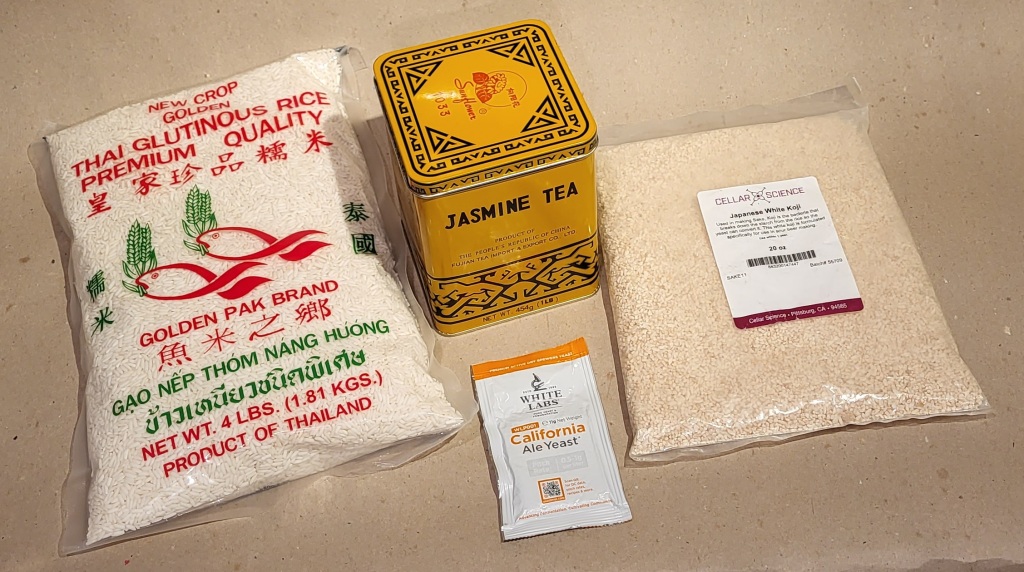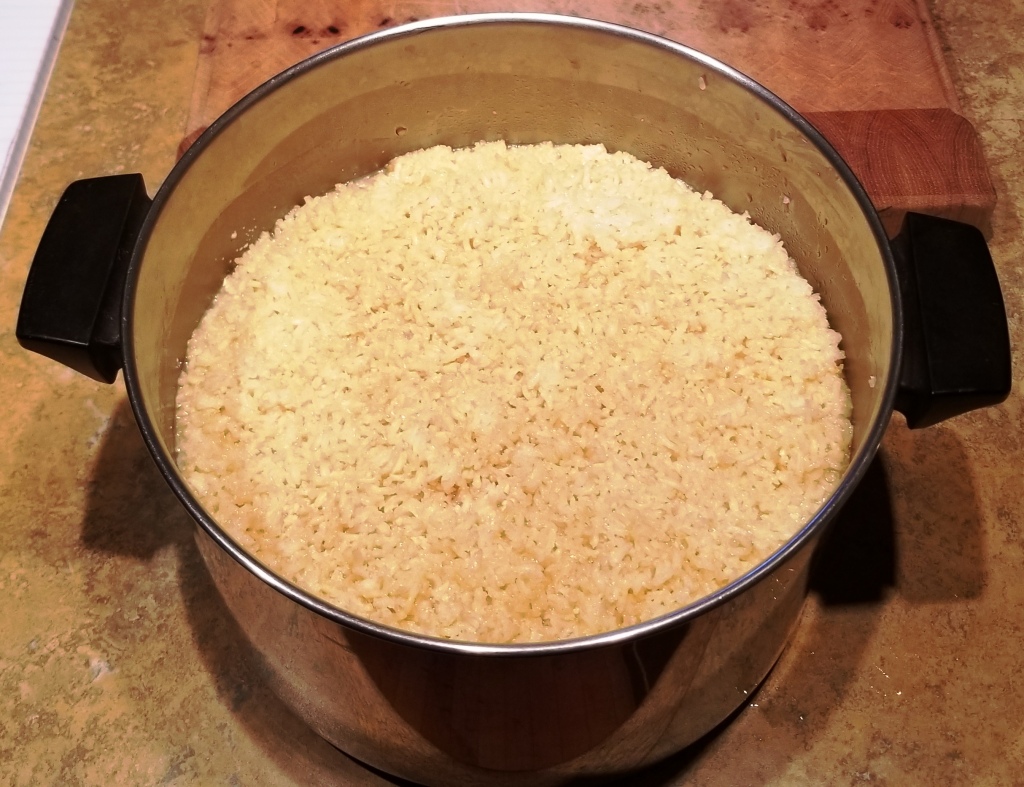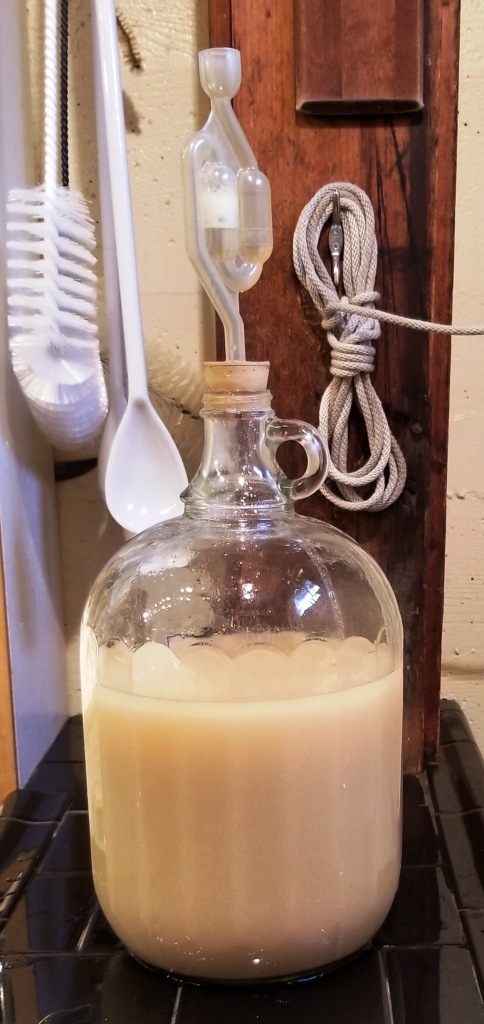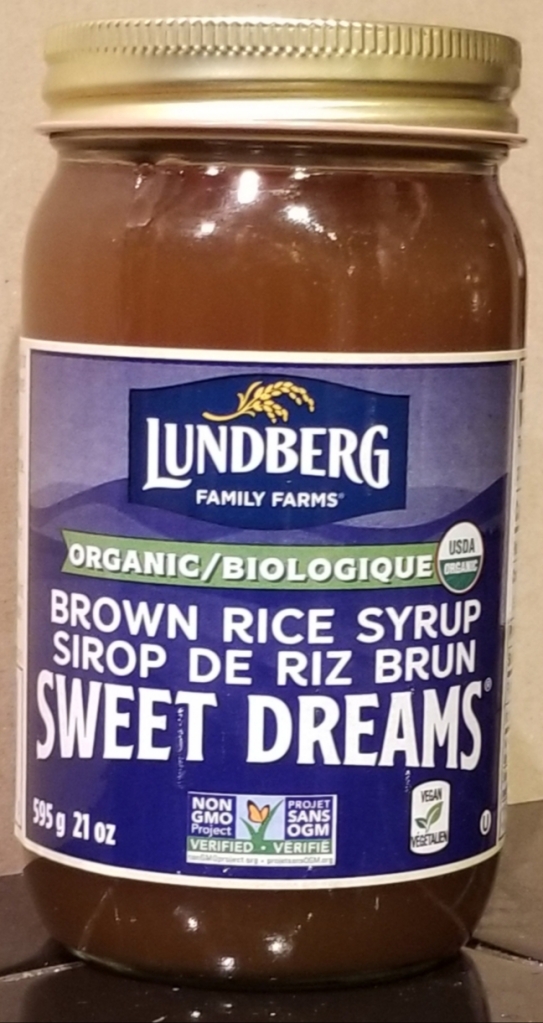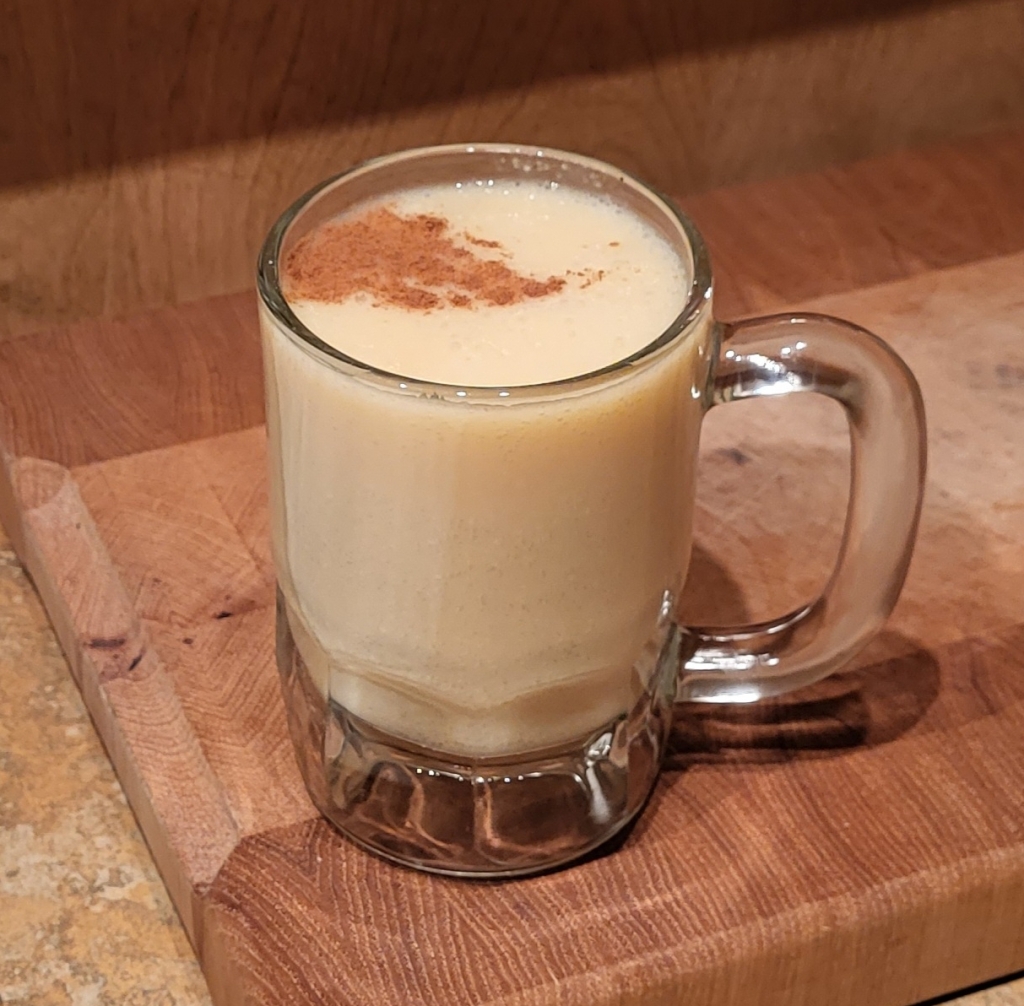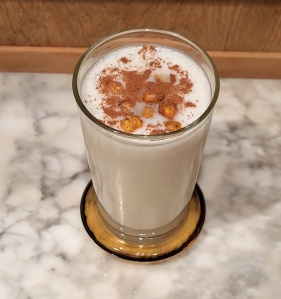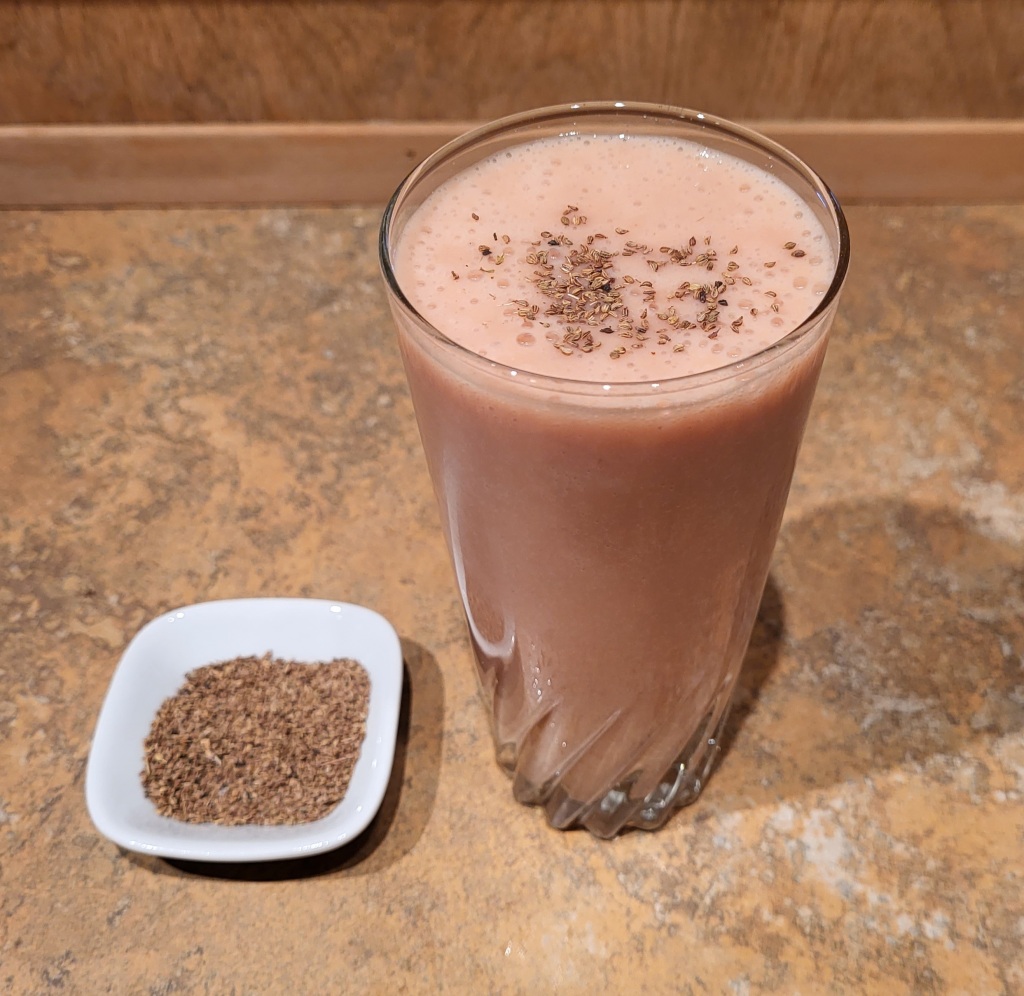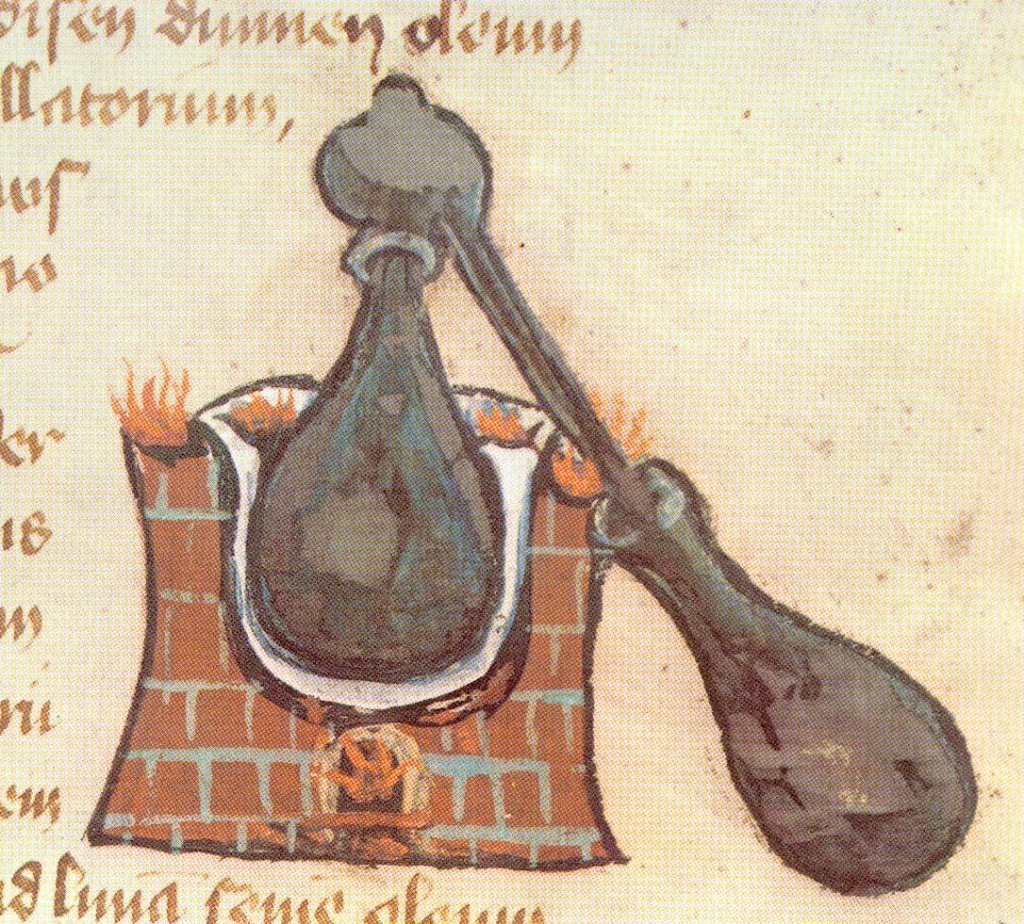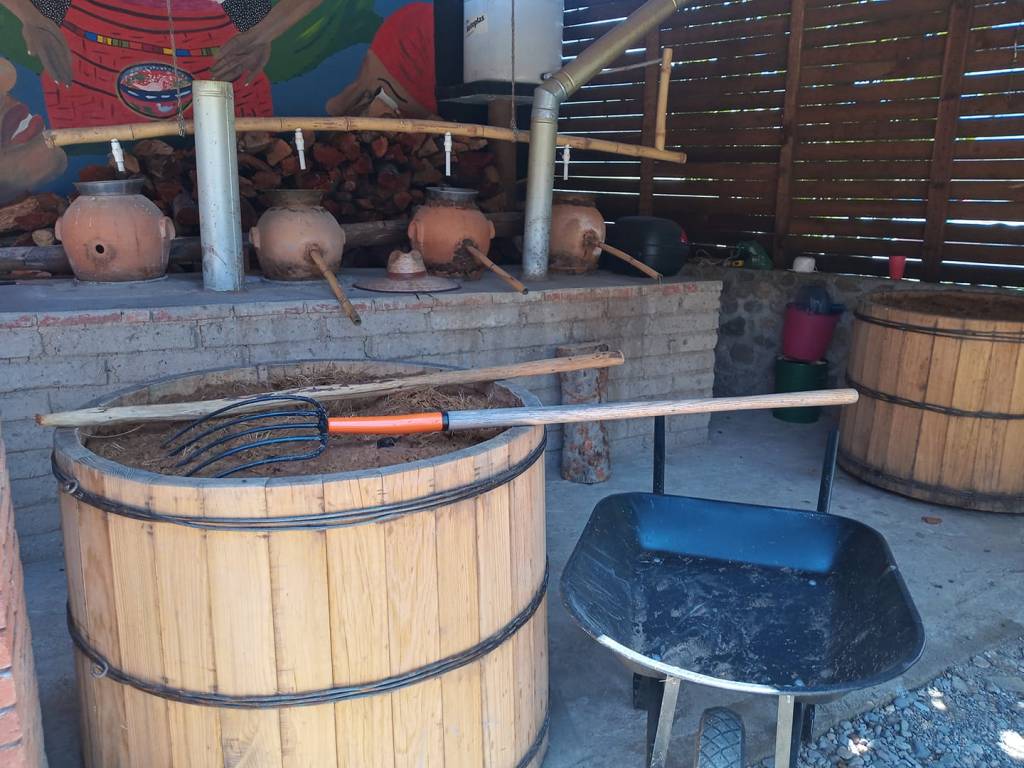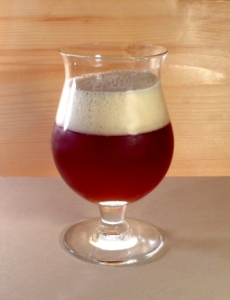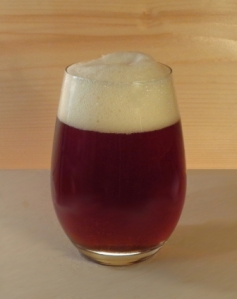Soba Shochu is a traditional Japanese liquor made from buckwheat. It’s a single-distilled liquor, of a type known as Honkaku Shochu.
The flavor of soba shochu is dominated by the nutty, grainy aroma of buckwheat. It has a mild sweetness, and a smooth finish. Umami notes of sesame, peanut butter, cereal, and peach are sometimes also present, along with herbal or vegetal tastes, particularly when its starter, or moto, uses rice or barley koji.
Soba shochu was first developed in the 1970s in Miyazaki prefecture, owing to the prominence of buckwheat farming there, as well as in Nagano prefecture, which also produces a buckwheat crop and soba shochu.
The process of making soba shochu involves steaming buckwheat groats, and then adding it to a moto (starter) to create a moromi (mash). After 30 days, the mash is typically completely fermented. The mash is strained to remove the solids, leaving a liquid of about 5% alcohol by volume. The liquid is then distilled once, concentrating the alcohol content and flavor components. The result is a distillate of about 30% alcohol. The distillate is diluted to 23-28% with spring water.
Soba shochu pairs well with food such as pork-based dishes, soba noodles, fried oysters, chicken karaage, sesame chicken, and agedashi tofu.
Making Soba Shochu
This recipe is 100% soba, and uses buckwheat groats, which are grains that have been sorted, hulled, and cut into smaller pieces. To kick it off well it is necessary to build a good sized starter by inoculating a batch of soba groats with the kojikin spores, growing them into a sizeable colony of fuzz on the surface of the grains. The resultant starter grains (koji) will turn the grain starches to sugar, feeding the yeast.
Ingredients for 800ml
2 kg buckwheat groats
5 gr Vision Brewing Japanese kojikin
15 gr Cooper ale yeast
5 gr Contessa hops
4 L soft, iron-free water
Method
Make koji moto
Prepare 500g buckwheat groats by placing them in a sieve; wash with a water shower until the water runs clear. Use your hand to rake the grains and agitate any flour into solution and down the drain.
Put the grain in a pot and cover it with soft, iron-free water or deionized water. Soak the grain for one to two hours. The objective is to raise the water content to about 25 to 35 percent by weight. When a grain will crumble to a mash between finger and thumb, it is ready.
Pour the grain back into the sieve and allow it to drain for an hour.
Using a lidded pot that is of a size that will just accept the sieve, steam the grain with enough water for about one hour. Do not allow the grain to touch the water, and place a dish towel over the grain and under the lid to prevent condensed water from dripping onto the grain. After an hour test the grain for doneness. It should be slightly sticky, and of a chewy texture when bitten. It is important to get the correct consistency.
Turn the grain out on to a sanitized baking sheet. Fluff the grains to separate them, and allow to cool to 30 °C (86 °F.)
Stir the grains into a pot, mixing in the kojikin well. Cover the pot with a lid and keep it warm for 30 hours, stirring once every 10 hours. An oven with the light on works well.
Moromi (main mash)
Steam the remaining 1.5 kg grains as described above, and stir this into the pot along with 4 liters of water and the hops and yeast. Keep this mixture at a steady 20 °C (68 °F) for 30 days. For the first 10 days or so, stir the mixture up once a day, until the grains sink beneath the surface by themselves. Then stir the mash once a week for another three weeks. Keep it warm.
Put the fermented mash into a fine mesh bag, and suspend it over the pot until the contents are well drained. Overnight or longer if you can. Transfer the contents of the pot into the still. It should be about 4 liters.
Distill this filtered wash one time, discarding the first 50 ml of output. Collect the still runnings in a 2 liter bottle until the still head temperature reaches 95 °C (204 °F), about 700ml. Adjust the alcohol content to 25%-28% with spring water. Age for one to three months, shaking the bottle occasionally to add oxygen.
Serving Soba Shochu
Serve soba shochu neat, on the rocks (rokkusu), or as a highball. Here’s a good one:
Fill a large highball glass with crushed ice, add:
40 ml soba shochu
10 ml yuzu juice
50 ml Calpis soda (also available as concentrate!)
